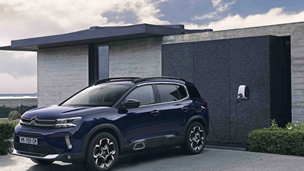Modern day diesel cars feature what is called a diesel particulate filter, or just DPF for short. They are used to help keep the exhaust emissions of a diesel car at a level that’s deemed acceptable by European regulations.
While DPFs are common, they do also require some care to prevent the need to replace them as part of an expensive repair bill.
How does a diesel particulate filter work?
Diesel particular filters reduce pollution from a diesel car’s exhaust by trapping bits of soot that would otherwise come out of the vehicle.
Like with other kind of filters, a DPF has to be emptied regularly to maintain its performance. For a DPF, this process is referred to as ‘regeneration’ and essentially involves burning off the soot at high temperature to leave just a tiny ash residue. This residue will remain in the PDF filter, but if the process works properly then the car can constantly repeat this process and run smoothly for in excess of 100,000 miles.
The regeneration process is either passive or active. Passive regeneration occurs when the diesel car is travelling on the motorway or a fast A-road and the exhaust temperature is high. Because a lot of cars don’t get used in this way regularly though, manufacturers have had to add a feature that creates active regeneration with aid from the car’s engine management computer (ECU).
Active regeneration is activated when the level of soot in the filter reaches about 45 per cent capacity. In response, the ECU will adjust the fuel injection timing to increase the exhaust gas temperature and initiate the regeneration process, which should burn away any soot stuck in the DPF.
Driving with a diesel particulate filter
The ideal way to get the active regeneration process to work effectively is to drive the car for at least ten minutes, travelling at speeds greater than 40mph for most of the journey. If a journey is too short, then the regeneration process may not finish and soot could remain clogged in the DPF.
Having soot stock in the DPF for too long can lead to the quality of the car’s oil to deteriorate. However, modern cars should also have sensors for the DPF and oil quality and you should receive a warning on your dashboard should the DPF get overfilled with soot or the oil noticeably deteriorates.




